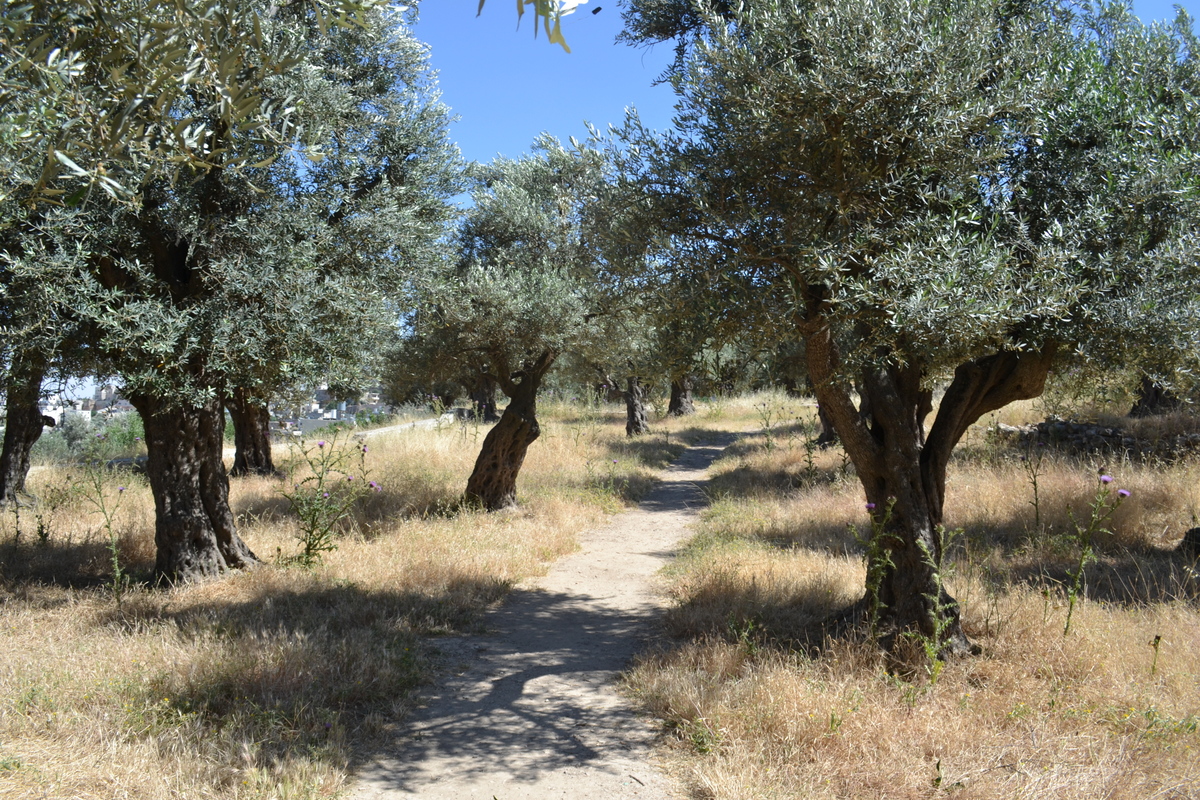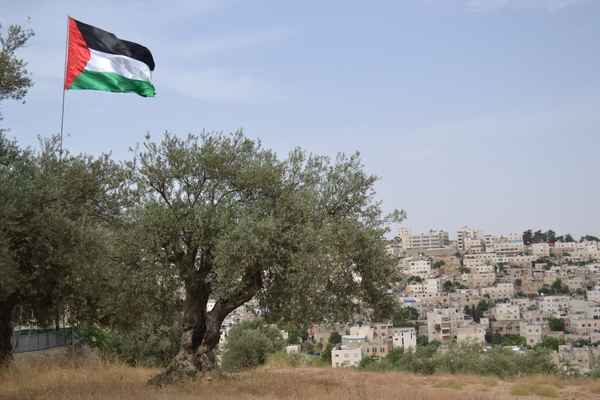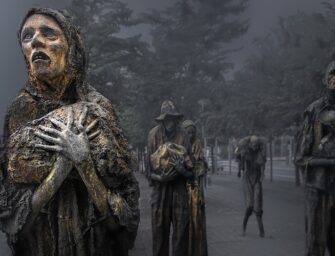A Conversation with Issa Amro
Filming the Occupation
By David Kattenburg
Issa Amro is a 39 year-old human rights defender in Hebron, Palestine’s most populous city, in the southern Israeli-colonized West Bank. Amro currently faces a host of charges under Israeli military law — “a lot of stupid charges,” Issa tells me in this interview — all associated with his involvement in peaceful protests against the ‘separate-and-unequal’ system of laws governing Hebron’s Palestinian and Jewish settler residents.

Issa Amro at YAS headquarters
Hebron is the only West Bank town where Palestinians and Jewish settlers live ‘side-by-side’ — a concise but wholly inadequate adverb for social relations in what might be considered the heart of Israeli Apartheid Darkness.
Under the terms of the 1997 Hebron Protocol, the city was divided into two parts: ‘H-1’ — eighty percent of the city, and home to some 160,000 Palestinians — was placed under the administrative and nominal security control of the Palestinian Authority.
‘H-2’ — Hebron’s old commercial, cultural and spiritual core — was assigned to Israel. Here, some 800 Jewish settlers live and worship in a half dozen tidy communities and yeshivas, under the protection of up to 2000 Israeli soldiers and border police, surrounded by some 60,000 Palestinians.
Hebron settlers enjoy all the citizenship and national rights of any Israeli, and are free to travel to and from Israel ‘proper’ whenever they please — either by modern bus or car.

Jewish settlers on Shuhada Street
H-2 Palestinians, on the other hand, have no civil or political rights and fall under the jurisdiction of Israeli military law. Hebron’s settlers are reputedly aggressive. Their acts of violence against local Palestinians are well documented, and are rarely, if ever punished.
The area where Jewish settlers live, inside H-2, is a tightly sealed, oval-shaped capsule, separated from the surrounding old city and souk by a dozen fortified checkpoints and concrete-razor wire barriers. (Over a hundred manned, fortified checkpoints and temporary barriers of various sorts are scattered throughout greater Hebron).
Down the long axis of the oval runs Shuhada Street, the magnificent Ibrahimi Mosque/Cave of the Patriarchs — traditional burying place of Abraham, Sarah, Isaac, Rebecca, Jacob and Leah — at the top. The castle-like structure is a supremely holy site for both Jews and Muslims.
In the wake of the machine-gunning of 29 Palestinians by an American-Israeli physician and settler named Baruch Goldstein, in February 1994, Muslim and Jewish sections of the Mosque/Machpela were physically divided.

Shuhada Street, Palestinian shops and homes welded shut.
Following the Second Intifada, in the early 2000s, most of Shuhada Street was closed off to Palestinian foot and car traffic. Palestinian shops and homes were welded shut. Once the bustling core of Palestinian commercial and spiritual activity, Shuhada is now a ghost street — open only to Jews, internationals and Israeli soldiers. Palestinian movement is strictly forbidden.
Overlooking Shuhada Street, also part of ‘H-2’, is a wonderful, olive tree-covered hill called Tel Rumeida. Several hundred Palestinians live up there, alongside several dozen Jewish settlers and their military guardians. At the very top of Tel Rumeida, on a patch of family-owned land, back in 2007, Issa Amro co-founded a group called Youth Against Settlements (YAS). Their aim: to document and confront human rights abuses by Israeli occupation forces and Jewish settlers. Settlers are known to guide and even instruct the young soldiers who patrol Tel Rumeida and Shuhada Street. Many are armed.

Tel Rumeida
For the intrepid political tourist, there are several ways to get up to Tel Rumeida. The easiest is up the steep street immediately past penitentiary-style Checkpoint 56, separating Shuhada Street from the bustling Bab-al-Zawiya district of H-1.
Near the top, where the street curves to the left, back on March 24, 2016, Israeli soldier-medic Elor Azaria shot Abdel Fattah al-Sharif in the head as he lay unconcious in the street, under the approving eyes of local settlers. Al-Sharif had supposedly threatened a soldier with a knife. As with many other cases of this sort, the incident was never independently investigated, and the truth will never be known.
An instant national hero, Azaria was sentenced to 18 months in jail, but was released after serving nine.
For those who enjoy bushwhacking, other routes to the top of Tel Rumeida require pushing one’s way past overgrown vegetation lined by barbed-wire fences, and digging one’s toes into rock and dirt covered inclines. Locals may be encountered along the way, Palestinians and Jews alike. If you’re not Palestinian, the latter will almost certainly respond to engagement in civil or even friendly fashion.
 As you climb to the top of Tel Rumeida, keep your eye out for the huge Palestinian flag flapping furiously in the breeze. It’s hard to miss. This is YAS headquarters.
As you climb to the top of Tel Rumeida, keep your eye out for the huge Palestinian flag flapping furiously in the breeze. It’s hard to miss. This is YAS headquarters.
YAS activists are proud of their flag, Issa Amro tells me in the following audio interview. Getting it up there, on the top of a huge pole, was apparently easier than it’s been for soldiers and settlers to rip it down.
Listen to my conversation with YAS co-founder Issa Amro — about his upcoming court hearing (June 26), YAS’s camera distribution project (fellow Human Rights Defender Badee Dweik is up to the same stuff), apartheid in Hebron, ‘solutions’ to the situation in Palestine/Israel, and the struggle for justice in Hebron.
All images by David Kattenburg.






Latest Comments
[…] US military nuclear testing site. At the time, residents were relocated to nearby Rongerik and Kwajalein atolls before arriving at Kili Island in […]